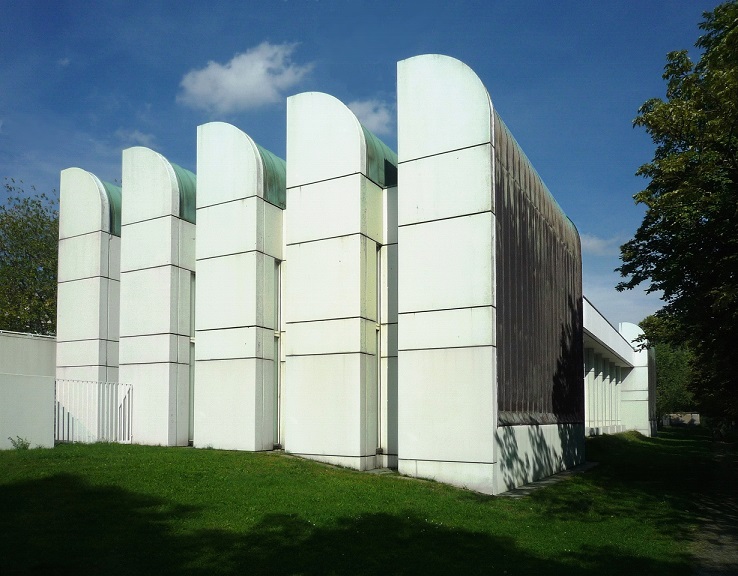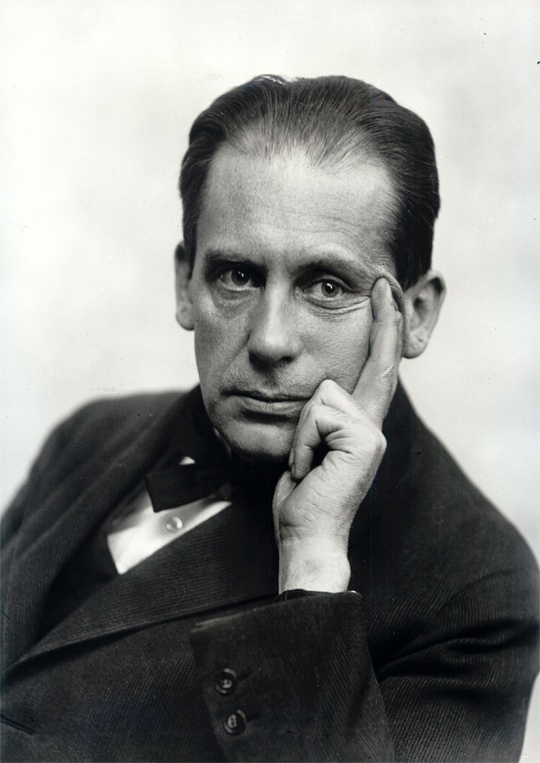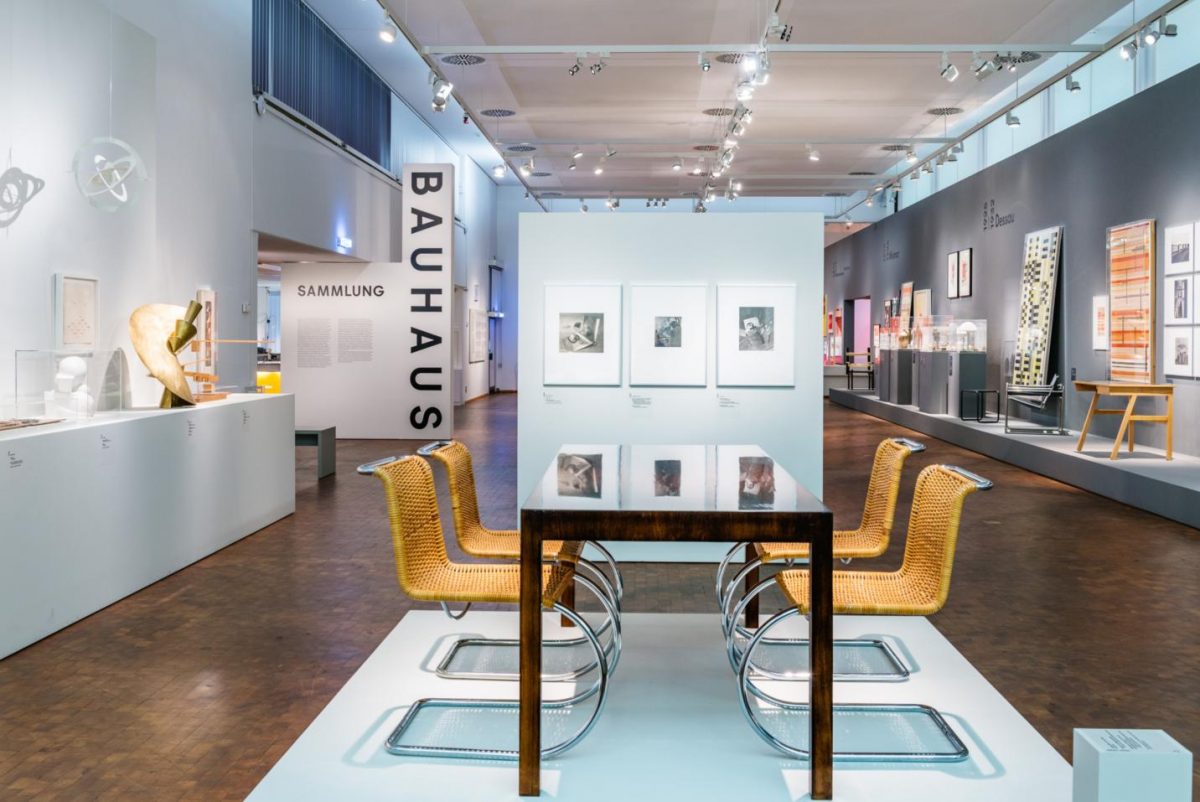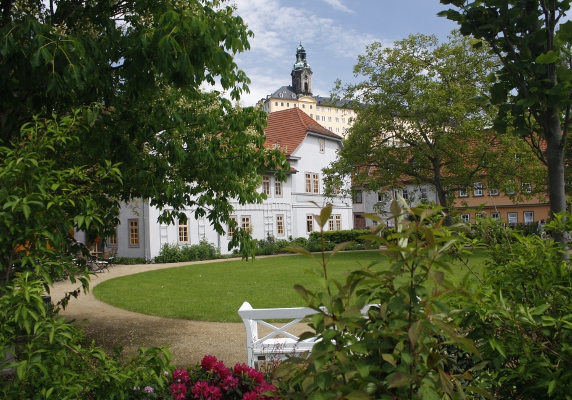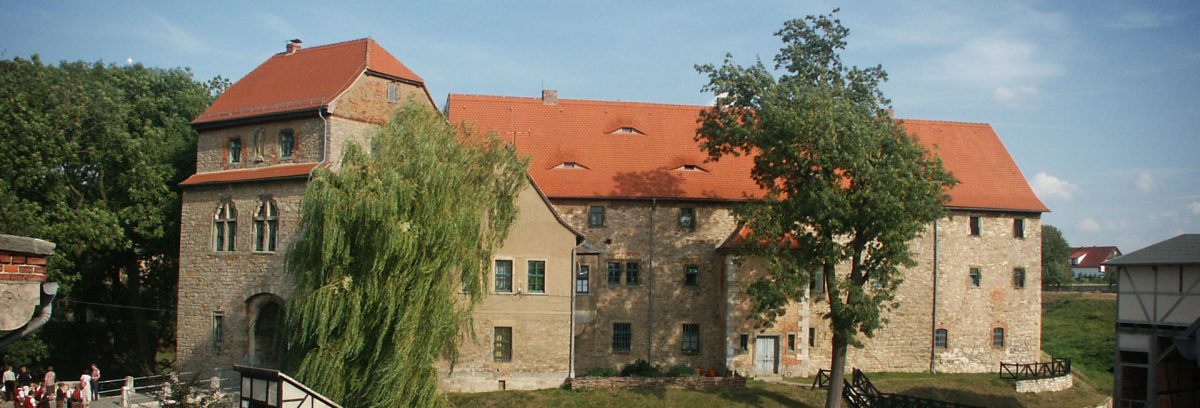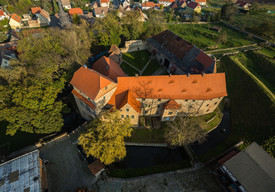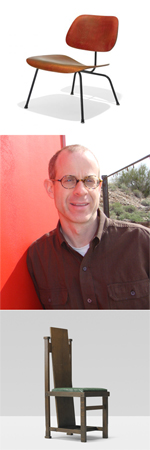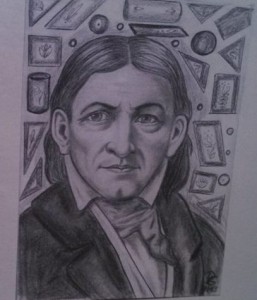The transition from the courtly to the burgeois culture gradually took place at Rudolstadt, during the last third of the 18th century.
A change in culture and mind began slowly, influenced by the liberal parts of the nobility, and favoured by the wealth of the middle classes and higher revenues of the court.
A circle of well known scholars and nobles formed around Ludwig Wilhelm of Beulwitz, privy councillor at that time who had been in princely commission since 1774. The house of the Beulwitz couple and the ladies of Lengefeld, in the former “new newtown” (nowadays Schiller street), came regularly together for an unconstrained exchange of ideas. This varied circle – Charlotte of Lengefeld and Caroline of Beulwitz participated as young ladies – did not only conduct serious conversations but also amused itself with afternoon get-togethers at the bordering garden of the Lengefeld family.
When Friedrich Schiller met Charlotte of Lengefeld and Caroline of Beulwitz at the Beulwitz’ house in 1787 he was fascinated by the open minded mental atmosphere.
Since this first meeting the poet stayed at Rudolstadt several times until 1799. Especially during his first long term stay at the small residence from 19th May to 12th November in 1788, the so called “Rudolstädtian summer”, his passion for Caroline and Charlotte awaked. This period inspired his authorial work and provided him with courage and confidence.
Today the house of the Lengefeld and Beulwitz families is one of the rare authentic Schiller sites in Germany. Numerous findings discovered during the renovation of the house from 2005 to 2009 enabled a realistic reconstruction of the rooms and wall designs of the 18th century.
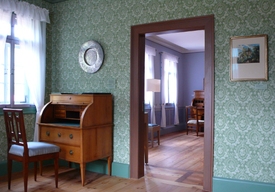
The museum was opened on 9th May 2009. The exhibition entirely focuses on Schiller’s time in Rudolstadt, his relationships with the sisters of Lengefeld and his first meeting with Goethe at this house on 7th September in 1788.
Famous people, such as Wilhelm von Humboldt, his brother Alexander and Novalis, were guests in the house. Johann Wolfgang von Goethe also visited the Lengefeld-Beulwitz family and met Schiller here for the first time on 7 September 1788.
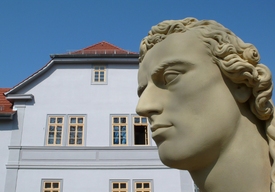
Source: Schiller House in Rudolstadt
Schiller has been called the “poet of freedom”.
Three Words Of Strength:
by Schiller
There are three lessons I would write,
Three words, as with a burning pen,
In tracings of eternal light,
Upon the hearts of men.
Have hope.
Though clouds environ round
And gladness hides her face in scorn,
Put off the shadow from thy brow;
No night but hath its morn.
Have faith.
Where’er they bark is driven
The calm’s disport, the tempest’s mirth
Know this:
God rules the hosts of heaven,
The inhabitants of earth.
Have love.
Not love alone for one,
But man, as man, thy brother call;
And scatter, like a circling sun,
Thy charities on all.
Beethoven said to his biographer “I have it! I have it! Let us sing the song of the immortal Schiller!” An unfinished novel, Die Geisterseher, and the “Ode to Joy” by Schiller was used for Beethoven’s Ninth Symphony.
“Ode to Joy” (German: “An die Freude” first line: “Freude, schöner Götterfunken”) is an ode written in the summer of 1785 by poet, playwright, and historian Friedrich Schiller and published the following year. A slightly revised version appeared in 1808, changing two lines of the first and omitting the last stanza.

